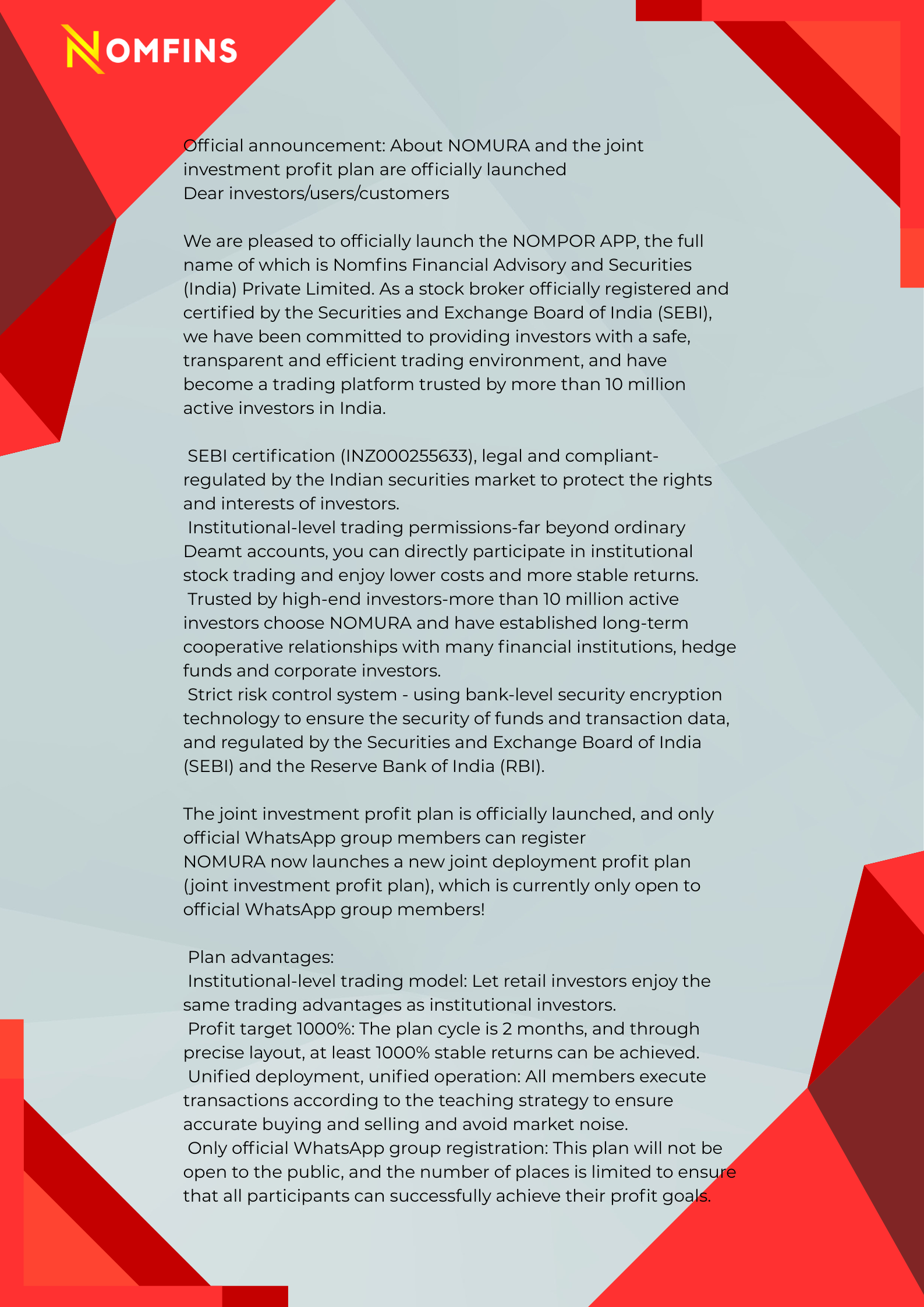Carbon Offset Flexibility: A Bridge to Corporate Net Zero Ambitions
Industrial giants face mounting pressure to achieve carbon neutrality, yet current offset regulations may be hindering rather than helping their decarbonization efforts. Industry experts are calling for more adaptable carbon credit frameworks to support companies struggling with the economic realities of green transformation.
The Decarbonization Challenge
Major corporations across energy-intensive sectors are encountering significant obstacles in their journey toward net zero emissions. The primary hurdle lies in the substantial cost differential between conventional and low-carbon alternatives, often referred to as the “green premium.”
Recent analysis from McKinsey reveals a stark reality: merely 22% of environmentally friendly products can maintain profitability without requiring premium pricing. This economic barrier forces companies to choose between financial viability and environmental responsibility.
Evolving Standards and Market Signals
The Science Based Targets initiative (SBTi), which validates corporate climate commitments aligned with limiting global temperature rise to 1.5°C, has recently signaled potential changes to its offset policies. The organization is considering allowing carbon credits for Scope 3 emissions – those generated throughout a company’s supply chain.
This potential shift represents a departure from current regulations that restrict offset usage to only residual emissions after direct reduction efforts. Such flexibility could prove crucial for sectors like manufacturing, aviation, and energy, where supply chain emissions constitute a substantial portion of their carbon footprint.
Market Dynamics and Practical Applications
The automotive industry provides a compelling example of these challenges. High-performance materials like Nylon 66, essential for airbags and electric vehicle components, carry significant green premiums when produced through low-carbon methods. Rather than absorbing these costs, some companies are exploring separate offset mechanisms.
One notable initiative in China demonstrates the scale of potential impact: a single project addressing Nylon 66 production has achieved 50 million tons of annual emissions reduction while generating 6 million carbon credits yearly. This approach allows automotive manufacturers to meet environmental goals without compromising cost competitiveness.
The Economics of Carbon Credits
The carbon offset market exhibits significant price variations based on methodology and technology:
- Avoidance credits (forest protection, renewable energy): $3-35 per ton
- Removal credits (Direct Air Capture technology): $150-200 per ton
This pricing disparity reflects both technological maturity and perceived permanence. Emerging technologies like Direct Air Capture command premium prices due to their novelty and direct atmospheric CO2 extraction capabilities.
Interestingly, current classification systems create some inconsistencies. Carbon capture at cement facilities is categorized as “avoidance,” while technologically similar Direct Air Capture is classified as “removal,” despite comparable mechanisms.
A Transitional Strategy
Industry observers view enhanced offset flexibility as a temporary bridge rather than a permanent solution. The expectation is that companies will gradually reduce their reliance on external credits as internal decarbonization technologies mature and become more cost-effective.
This transitional approach acknowledges that perfect shouldn’t become the enemy of good when addressing climate urgency. By providing companies with interim tools to meet net zero commitments, more flexible offset standards could accelerate overall market decarbonization while supporting the development of next-generation clean technologies.
Looking Forward
The debate over carbon offset flexibility reflects broader tensions between environmental ambition and economic practicality. As regulatory frameworks evolve, the challenge will be maintaining environmental integrity while providing companies with viable pathways to achieve their climate commitments.
Success will likely depend on creating systems that encourage genuine emissions reductions while recognizing the role of high-quality offsets in bridging the gap during the clean technology transition period.

